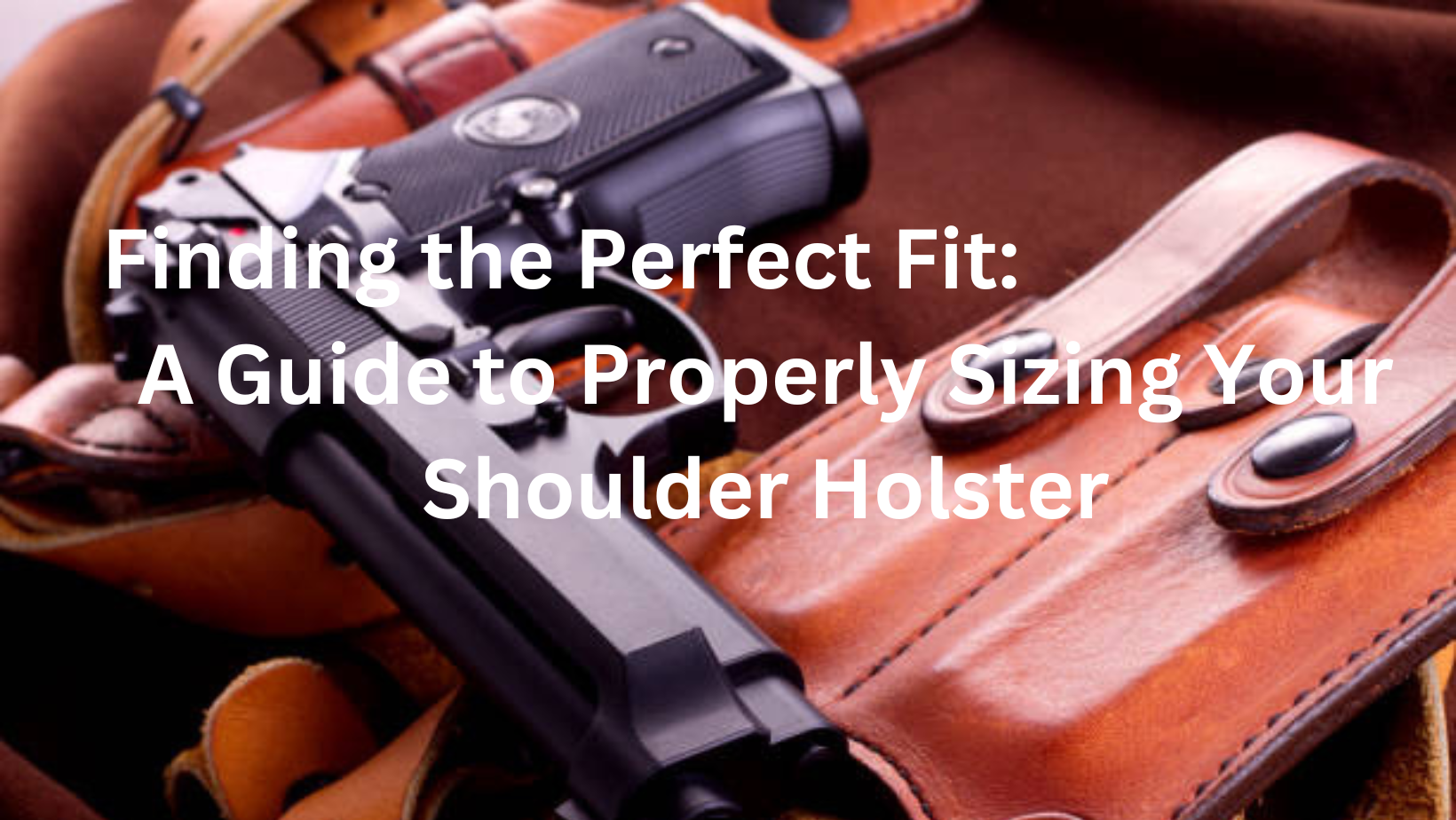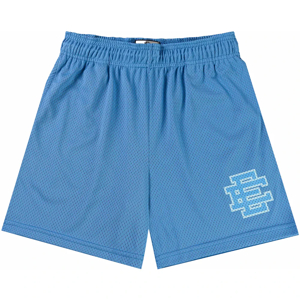The holster you choose can make all the difference when it comes to concealed carry. Among the various options available, the shoulder holster stands out for its unique combination of style and functionality. However, finding the perfect fit goes beyond aesthetics; it’s about comfort, accessibility, and ensuring your firearm is safely and discreetly secured. This comprehensive guide explores the essential steps to properly size your shoulder holster, transforming it from a mere accessory to an integral part of your concealed carry setup.
Understanding the Basics
To embark on the journey of finding the right shoulder holster, it’s crucial to comprehend the components that make up this style of holster. Typically, a shoulder holster consists of two straps connected in an “X” or “H” shape, forming a harness that evenly distributes the weight of the firearm across your shoulders. The holster attaches to these straps, providing a secure and discreet means of carrying your firearm.
Step 1: Measure Your Torso
The foundation of proper sizing lies in accurately measuring your torso. This measurement serves as the starting point for selecting a shoulder holster with appropriately sized straps. Begin by measuring from the top of your shoulder, down the front of your chest, and around your back, creating a loop. Jot down this measurement, as it will be instrumental in ensuring the right fit for your holster.
Step 2: Consider Clothing Options
Your choice of clothing plays a significant role in how well your shoulder holster integrates into your daily routine. Consider the clothing you typically wear, especially outer layers or jackets. The ideal shoulder holster should comfortably accommodate your preferred clothing choices without printing or revealing the outline of your firearm.
Step 3: Holster Placement
Proper holster placement is a critical factor in achieving both comfort and accessibility. The holster should rest comfortably under your non-dominant arm, allowing for a natural draw. Please pay close attention to the holster’s position, ensuring it keeps the firearm secure while facilitating a quick and smooth draw when needed.
Step 4: Adjustability Features
A crucial aspect of finding the perfect leather shoulder holster is opting for one with adjustable straps and harnesses. These features provide the flexibility to customize the fit according to your body shape and size. An adjustable holster ensures that you can balance comfort and firearm retention perfectly, adapting to your unique needs.
Step 5: Try Before You Buy
Take the opportunity to try on different shoulder holsters before making a purchase. This hands-on approach allows you to assess the holster’s fit, comfort, and overall feel. Remember that personal preferences can vary, so what works for one person may not suit another. Trying on holsters ensures you find the one that aligns perfectly with your comfort and usability requirements.
Additional Tips:
- Material Matters: Consider the material of the holster. Leather holsters, for instance, may require a break-in period, while holsters made from synthetic materials may provide immediate comfort.
- Weight Distribution: Pay attention to how the weight of the firearm is distributed across the shoulder straps. Even weight distribution prevents discomfort or strain, especially during extended periods of wear.
- Practice Drawing: Once you’ve found the right size, dedicate time to practice drawing your firearm. This step ensures a smooth and efficient motion, contributing to your comfort and confidence in carrying responsibly.
Beyond Sizing: Making an Informed Choice
While sizing is a critical aspect of selecting the right shoulder holster, additional factors must be considered to make an informed choice.
Consider Your Lifestyle:
Take a moment to evaluate your lifestyle and daily activities. If you’re constantly moving or engaging in physical activities, opt for a holster that provides stability and stays securely in place.
Concealment and Printing:
The primary purpose of a shoulder holster is to conceal your firearm. Pay attention to how well the holster conceals your weapon and minimizes printing (the visible outline of the firearm through clothing). A well-fitted holster contributes to adequate concealment.
Ease of Adjustment:
Choose a shoulder holster with user-friendly adjustment mechanisms. The ability to make quick and easy adjustments ensures that your holster remains comfortable, even as you transition between different activities or clothing styles.
Quality and Durability:
Invest in a high-quality holster that fits well and is durable. Holsters crafted from premium materials are more likely to withstand daily wear and tear, ensuring a long lifespan for your chosen accessory.
Style and Aesthetics:
While functionality is paramount, there’s no reason to compromise on style. Fortunately, shoulder holsters come in a variety of designs and materials. Find one that meets your practical needs and complements your style.
User Reviews:
Tap into the experiences of other concealed carriers by reading user reviews. Real-world feedback can provide valuable insights into a particular shoulder holster model’s comfort, durability, and overall satisfaction.
Holster Maintenance:
Once you’ve found the perfect shoulder holster, it’s essential to maintain it properly. Regular cleaning and maintenance ensure the longevity of the holster and contribute to a consistent level of performance. Follow the manufacturer’s guidelines for cleaning and storing your holster to prevent premature wear and maintain its functionality.
Training and Familiarization:
No matter how well-fitted your shoulder holster is, it’s crucial to undergo training and familiarization with your chosen setup. Practice drawing your firearm regularly to build muscle memory and ensure a quick and efficient response in various situations. Familiarity with your holster enhances both safety and confidence in carrying concealed.
Legal Considerations:
Be aware of and comply with local laws and regulations regarding concealed carry. Different jurisdictions may have specific requirements or restrictions on holster types, carry positions, and firearm accessibility. Stay informed to ensure that your chosen shoulder holster aligns with legal standards.
Holster Accessories:
Explore additional accessories that can enhance the functionality of your shoulder holster. Magazine pouches, spare ammunition carriers, and retention straps are examples of accessories that can complement your concealed carry setup.
Adjusting to Your Body Dynamics:
Our bodies can change over time due to weight fluctuations, fitness routines, or injuries. Periodically reassess the fit of your shoulder holster and make necessary adjustments to accommodate any changes in your body dynamics.
Conclusion: Elevating Your Concealed Carry Experience
Properly sizing your shoulder holster is not just a technical exercise; it’s a journey toward enhancing your concealed carry experience. You can find a shoulder holster that seamlessly integrates into your daily life by understanding your body measurements, considering clothing choices, and exploring the wealth of adjustable features.
Remember, the journey doesn’t end with sizing. Consider your lifestyle, prioritise concealment, and factor in elements like ease of adjustment, quality, and aesthetics. Leverage user reviews to gain insights from the concealed carry community and stay updated on the legal aspects of carrying concealed.
Ultimately, your shoulder holster should not only provide comfort and accessibility but also instil confidence in your ability to carry responsibly. Embrace the process of finding the perfect fit and unlock a new level of comfort, style, and functionality in your concealed carry journey.
In conclusion, the right shoulder holster is more than just an accessory—it’s a reliable partner in your commitment to personal safety. Invest the time and effort to find the perfect fit, and enjoy peace of mind with a well-sized and thoughtfully chosen shoulder holster.




